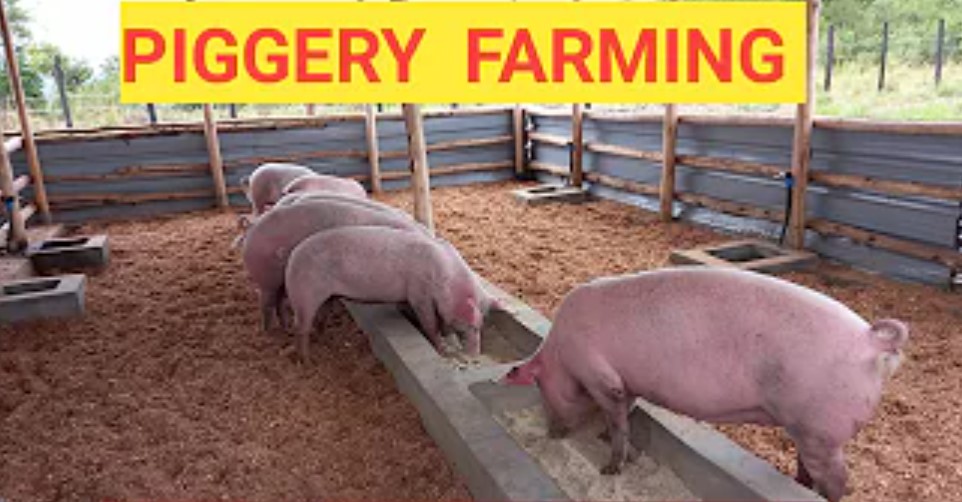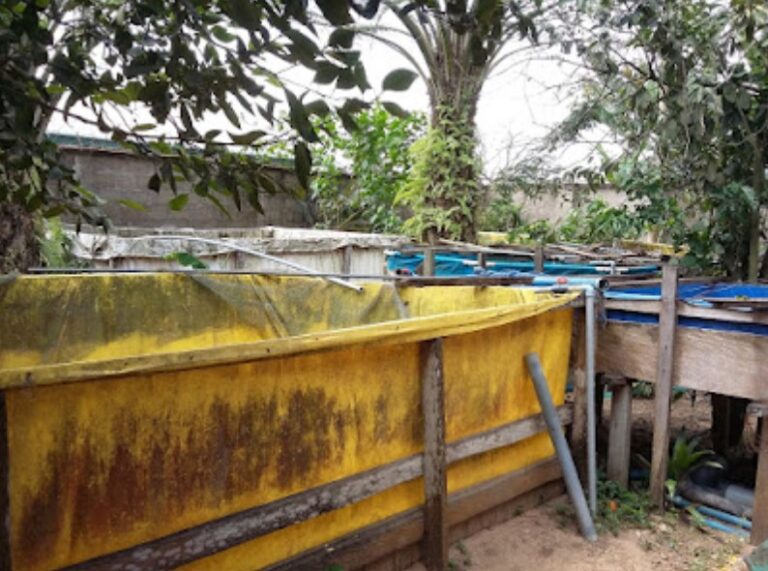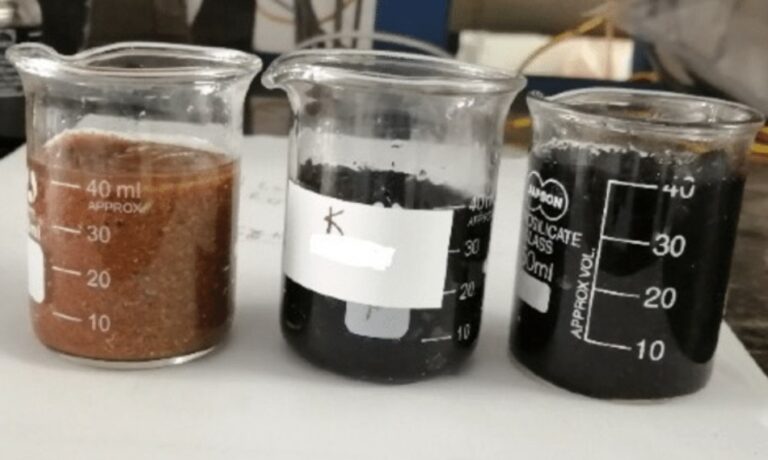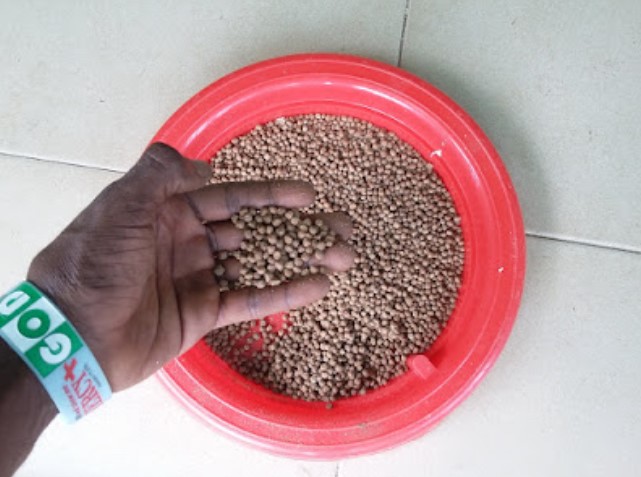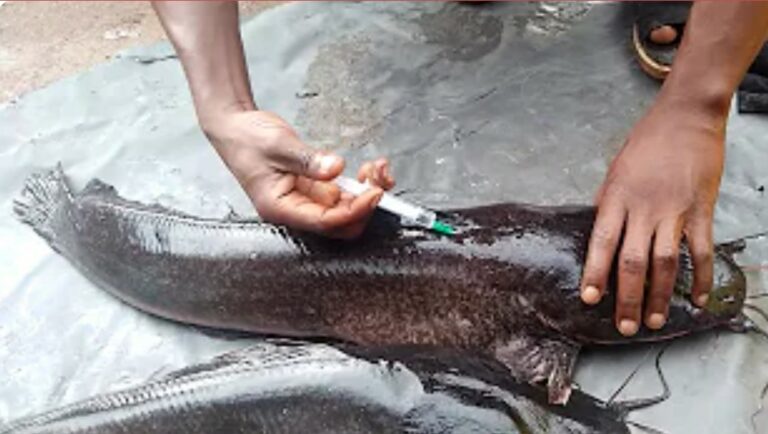Starting and Managing a Profitable Piggery Business
Starting and Managing a Profitable Piggery Business
The piggery business, also known as pig farming, is a lucrative venture that involves producing and managing pigs for commercial purposes. Pigs are highly productive animals that provide a wide range of products, including meat, leather, and by-products used in various industries. This article aims to provide a comprehensive overview of starting and managing a profitable piggery business.
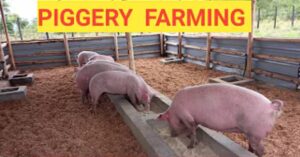
Market Research and Planning
Market research and planning are crucial when starting and managing a piggery business. Here’s why:
Market Research:
- Conduct thorough market research to gather essential information about the demand for pork products in your target market.
- Analyze market trends, consumer preferences, and competition.
- Identify potential customers, such as restaurants, hotels, supermarkets, and individual consumers, and understand their purchasing habits and preferences. This research will help you tailor your production and marketing strategies accordingly.
Business Planning:
- Develop a comprehensive business plan that outlines your goals, strategies, and financial projections.
- Consider factors such as the scale of your operation, available land, capital investment required, and expected return on investment.
- Outline your marketing approaches, including pricing strategies, distribution channels, and promotional activities.
A well-structured business plan is a roadmap for your piggery business and helps secure financing, attract investors, and guide your operations.
By conducting thorough market research and creating a solid business plan, you can make informed decisions, identify opportunities, and position your piggery business for success in a competitive market.
Suitable Infrastructure and Facilities
Establishing suitable infrastructure and facilities is vital for a piggery business’s success and efficient operation. Here are key considerations:
- Pig Pens: Construct well-designed pig pens that provide adequate space for each pig. Consider factors such as pig size, age, and growth stage. Ensure proper ventilation, lighting, and temperature control within the pens.
- Water Supply and Waste Management: Install a reliable system to meet the pigs’ drinking water needs. Implement proper waste management facilities to handle pig waste effectively, preventing environmental contamination and foul odours.
- Biosecurity Measures: Implement strict protocols to minimize the risk of disease introduction and spread. Control access to the farm, including limiting visitors and implementing disinfection procedures. Separate different age groups of pigs to prevent cross-contamination.
- Feeding and Watering Equipment: Invest in appropriate feeding troughs and waterers to ensure efficient feeding and access to clean drinking water. Automate feeding systems, if feasible, to optimize feed utilization and reduce labour requirements.
- Handling and Sorting Facilities: Establish proper handling and sorting facilities to safely and efficiently move pigs during various management procedures, such as weighing, vaccination, and transportation.
- Environmental Control: Implement systems to control temperature and humidity, especially in areas with extreme climates. Depending on the region and season, this may include fans, cooling pads, or heating systems.
- Infrastructure Expansion: Plan for future growth and expansion by designing the infrastructure in a scalable manner. This includes allocating space for additional pens, storage facilities, and office space as the business expands.
Investing in suitable infrastructure and facilities creates a conducive environment for the pigs, enhances productivity, ensures their welfare, and promotes efficient management practices in your piggery business.
Sourcing and Selection of Pigs
The sourcing and selection of pigs are crucial in establishing a successful piggery business. The quality and genetics of the pigs you choose directly impact the productivity and profitability of your operation.
When sourcing pigs, sourcing from reputable suppliers or breeders who maintain high animal health and welfare standards is essential. Conduct thorough research and visit multiple suppliers to assess their facilities, breeding practices, and the health status of their pigs.
Consider the specific requirements of your target market and select pig breeds accordingly. Factors to consider include growth rate, feed efficiency, disease resistance, and market demand for specific pig breeds or characteristics.
Ensure the selected pigs are healthy, properly vaccinated, and free from genetic defects or diseases. Request health certificates and veterinary records to verify the pigs’ health status.
Maintain a proper record-keeping system to track individual pig performance, lineage, and breeding history. This information is valuable for making informed breeding and culling decisions to improve the genetic quality of your herd over time.
Regularly evaluate and reassess the performance of your chosen pig breeds to ensure they meet your production goals and market demands. Consider participating in breed improvement programs or collaborating with specialized breeding centres to enhance your herd’s genetics.
You can establish a strong foundation for a productive and profitable piggery business by sourcing and selecting high-quality pigs.
Feeding and Nutrition
Feeding and nutrition are crucial in a piggery business’s growth, development, and overall health. Implementing a well-planned feeding program is essential to optimize productivity and profitability.
Consult with a veterinarian or animal nutritionist to develop a balanced and nutritious diet plan that meets the specific nutritional requirements of pigs at different growth stages. The diet should include a combination of commercial feed, grains, forages, and supplements.
Monitor the pigs’ weight and growth rate regularly to adjust the feeding program accordingly. Provide regular feeding schedules and ensure access to clean and fresh water. Proper feeding management techniques, such as controlling feed wastage and monitoring feed consumption, should be implemented to maximize efficiency and reduce costs.
Regularly evaluate the quality and nutritional content of the feed to ensure it meets industry standards. Consider conducting feed analysis to determine the feed’s nutrient composition and adjust the diet accordingly.
Additionally, consider incorporating locally available feed resources and by-products from other agricultural activities to reduce feed costs. However, ensure that these feed sources are safe and do not pose any health risks to the pigs.
Focusing on proper feeding and nutrition management can enhance your pigs’ growth, performance, and overall health, leading to increased profitability in your piggery business.
Health Management and Biosecurity
Health management and biosecurity are paramount in a piggery business to maintain the well-being of the pigs and prevent the spread of diseases. Implementing effective health management practices and biosecurity measures is essential to maximize productivity and minimize the risk of disease outbreaks.
Develop a comprehensive health management plan in consultation with a veterinarian. This plan should include a vaccination schedule, deworming protocols, and regular health checks. Monitor the pigs closely for signs of illness or abnormal behaviour, and promptly isolate and treat sick animals to prevent the spread of diseases.
Biosecurity measures should be implemented to control and prevent the introduction and transmission of pathogens—control access to the pig farm by limiting visitor entry and ensuring proper sanitation procedures. Implement strict hygiene practices, including handwashing and disinfection protocols for workers and equipment. Maintain separate areas for different pig age groups to minimize cross-contamination.
Regularly monitor and test for common pig diseases like swine fever, respiratory diseases, and parasites. Follow strict quarantine procedures for introducing new pigs to the herd, and consider testing them for diseases before integration.
By prioritizing health management and biosecurity, you can ensure your pigs’ overall health and well-being, minimize disease risks, and maintain a productive and profitable piggery business.
Marketing and Sales
Marketing and sales are two critical functions within a business that work closely together to drive revenue and achieve organizational goals. Marketing involves promoting products or services to target customers, creating brand awareness, and generating leads. It encompasses market research, advertising, public relations, branding, and digital marketing strategies. The main objective of marketing is to attract and engage potential customers, build relationships, and create demand for the offerings.
On the other hand, sales involve direct interaction with customers to convert leads into actual purchases. It includes prospecting, presenting products or services, negotiating, and closing deals. Sales teams build relationships, address customer needs, and maximize sales opportunities.
Also Read: Fish Farm: 7 Things to Consider Before Starting a Fish Farm
Effective coordination between marketing and sales is crucial for success. Marketing efforts generate leads and create a pipeline of potential customers, which the sales team can convert into sales. Regular communication and collaboration between the two departments ensure messaging, customer targeting, and overall strategy alignment. By working together, marketing and sales can drive revenue growth, enhance customer satisfaction, and ultimately contribute to the business’s overall success.
Financial Management
Effective financial management is crucial for the success and sustainability of a piggery business. Financial management involves:
- Maintaining accurate financial records.
- Creating a comprehensive budget.
- Regularly reviewing financial statements.
- Identifying areas for improvement and cost-saving opportunities.
It is essential to monitor revenue, expenses, and profitability and continuously adjust financial strategies to maximize profits and minimize expenses. Consider seeking financial assistance from loans or grants to support your initial investment and expansion plans. Proper financial management ensures the long-term success and profitability of your piggery business.
